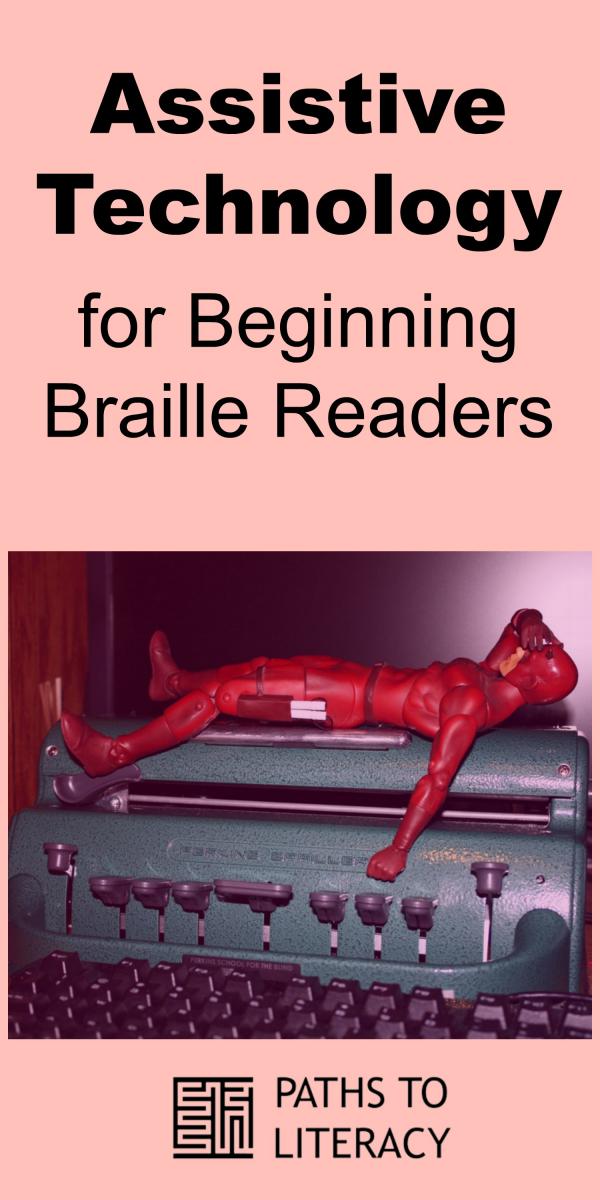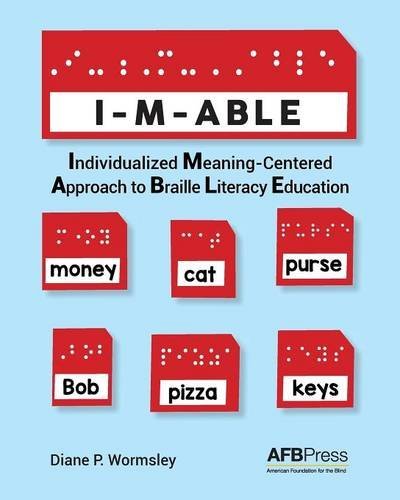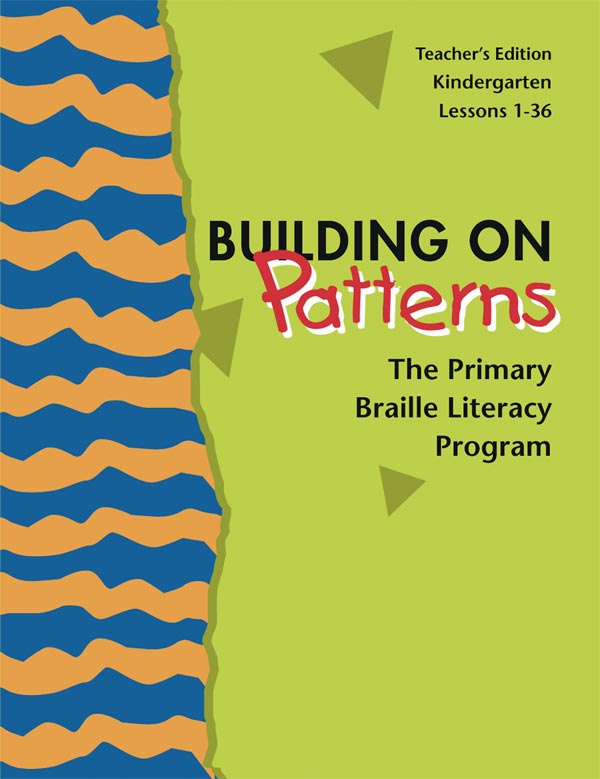Assistive Technology for Beginning Braille Readers
Submitted by Belinda Rudinger on Feb 18, 2018
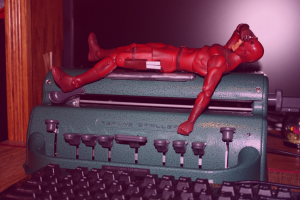
This post is based on a presentation given at Closing the Gap 2017.
What technology means to me...
- Family
- Love
- Connection
What technology means to our students...
- Access
- Voice
- Empowerment
A systems analysis of the beginning braille reader's environment...
- The Team
- The Task
- The Tools
The Braille Reader's Instructional Team
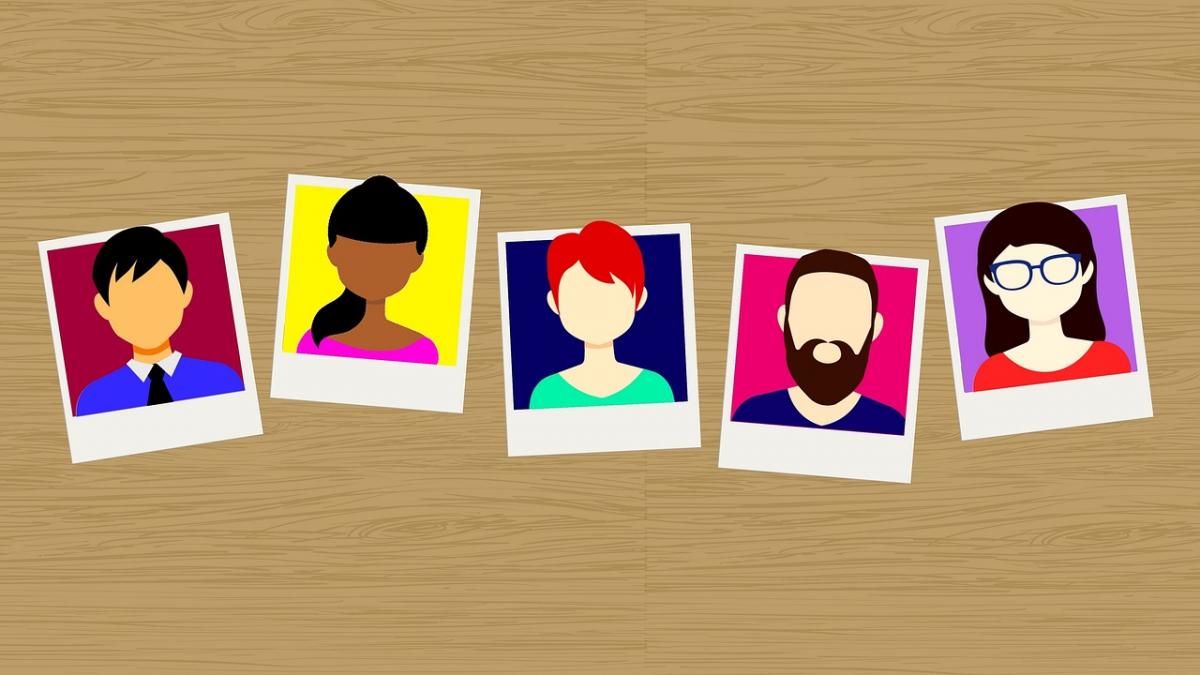
- Parents: Home environment, bedtime stories, first experiences of reading
- The student: Strengths, struggles, motivation, preferences
- Classroom teachers & teaching assistants: Typically new to working with a braille reading, content experts
- TVI: Experience with braille, reading instruction, AT, materials expert
- Peers: Sources of support & partnership
The Task: Components of Reading
- Phoenic Awarness: ability to manipulate segments/phoenemes
- Phonics: sound + symbols correspondence
- Fluency: Reading rate
- Vocabulary: Knowledge of words and their meanings
- Comprehension: Constructing meaning from text
- *Braille Contractions: 200+ symbols, rules of usage, discrimination
Books on Braille Reading Instruction
- Beginning with Braille
- Reading Connections
- I-M-Able
- Braille Literacy: A Functional Approach
- Just Enough to Know Better
- Guidelines & Games for Teaching Efficient Braille Reading
- Instructional Strategies for Braille Literacy
Resources for Braille Reading Instruction
- Braille Fundamentals
- Un's the One
- Building on Patterns
- Mangold Basic Braille Program
- Read Naturally
- Wilson Reading System
- The same curriculum used by the classroom teacher!
Considerations for Braille Reading Instruction
- Explicit vs. incidental methods
- Introduction of contractions
- Guided reading integration
- Paths to Literacy
The Tools: The Role of Assistive Technology in Beginning Braille Reading
"For most people, technology makes things easier. For people with disabilities, technology makes things possible." - Mary Pat Radabaugh, IBM
Remember your TEAM and your TASK when choosing your TOOLS

- Students and their devices do not exist in a vacuum
- Support is one of the key factors of progress
- Consider ease of use, learning curve of device
- Consider experience and engagement of team (and lack thereof)
- Consider strengths and struggles the student brings to both the task and the tool
Perkins Brailler
Perkins SMART Brailler
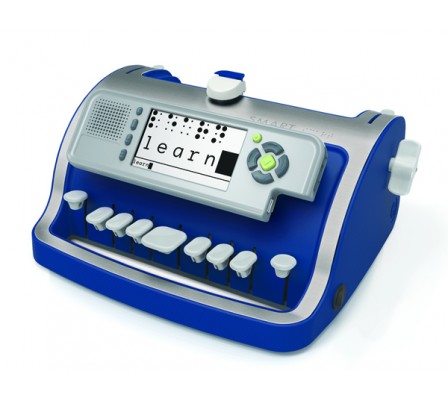
- Auditory input
- Visual input
- Tactual input
- *USB port for saving items
Watch a video of a student using the Perkins SMART Brailler.
Discussion Points
- What are some advantages and disadvantages of this tool?
- Which members of the team would it support?
- What's an example of a task using this tool?
Logan Braille Coach
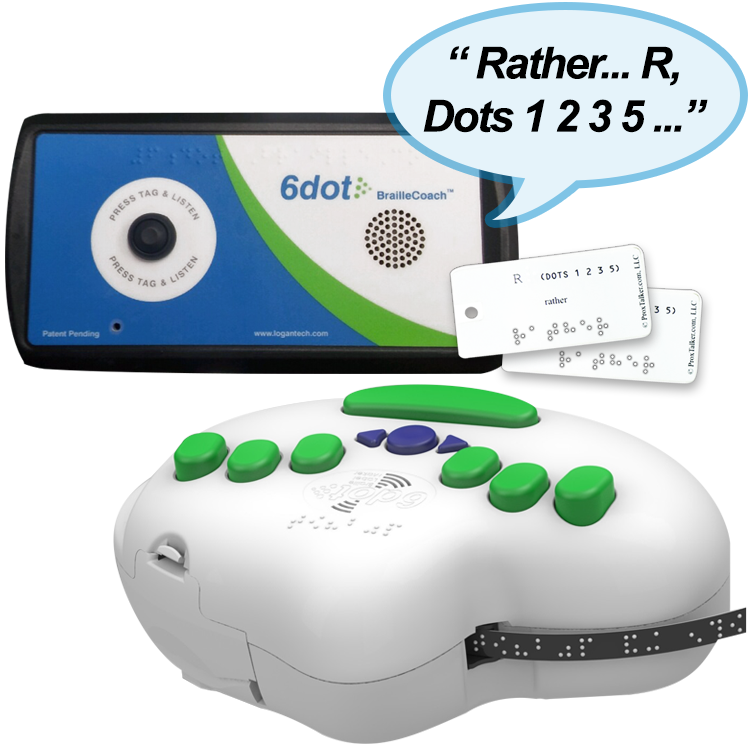
- Endlessly customizable braille flashcards
- Can be adapted to any level of student
- headphone jack for private use
- Perfect for an independent activity
- Easy to use by adults and children alike!
- Additional tags can be purchased
- Best kept secret!!
Discussion Points
- What are some advantages and disadvantages of this tool?
- Which members of the team would it support?
- What's an example of a task using this tool?
Mountbatten Braillewriter...aka Braille Whisperer
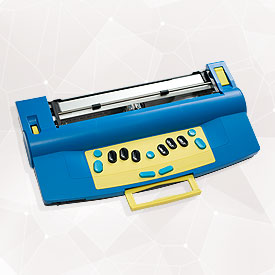
- Tactual, auditory, & visual feedback (through amazing app!)
- Keyboard for non braille users to type messages and/or classwork
- Nemeth, music, & more!
- Easy to press keys for little fingers
- Many beginning notetaker functions
Discussion Points
- What are some advantages and disadvantages of this tool?
- Which members of the team would it support?
- What's an example of a task using this tool?
Refreshable Braille Displays
-
Must either be paired with phones, tablets, or computers using screen reader software
- Example: Braille Study Mode with JAWS screen reader
- Modular, mainstream
-
Multiple advantages to starting young!
- Examples include: VarioUltra, HIMS Edge, Focus 40-->EIBraille, Brailliant, and more
Discussion Points
- What are some advantages and disadvantages of this tool?
- Which members of the team would it support?
- What's an example of a task using this tool?
Braille Notetakers
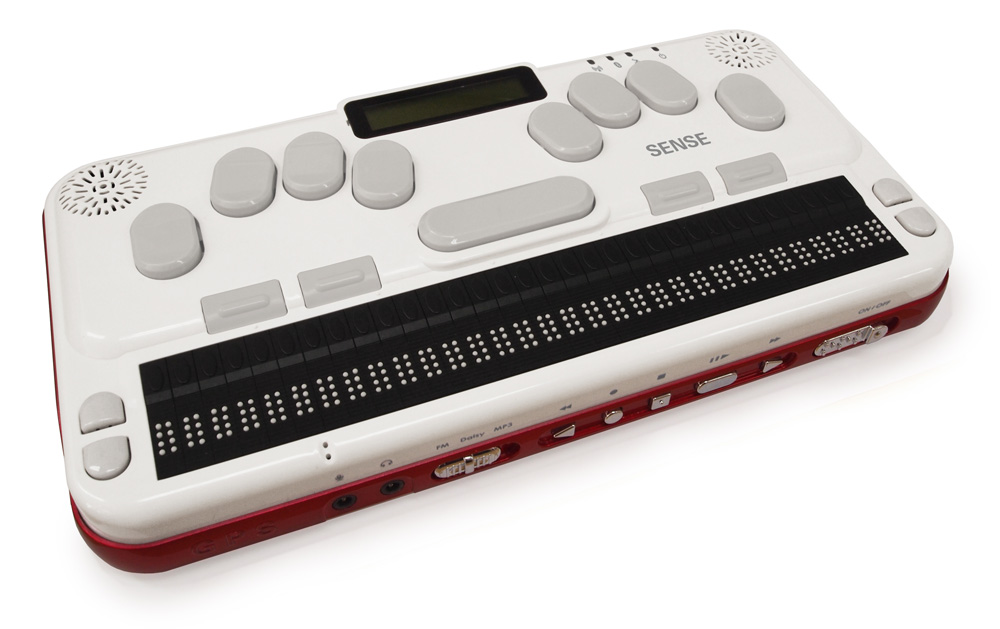
- Proprietary-made specifically for braille users
- Stand-alone device with multiple capabilities
- Examples include Pronto, BrailleSense Polaris, Braillenote Touch, APH Braille Plus and more
- Some have visual input, some do not. Click for a video of a student review.
Discussion Points
- What are some advantages and disadvantages of this tool?
- Which members of the team would it support?
- What's an example of a task using this tool?
Stay in touch!
@thisismebelinda (LINK TO TWITTER)
